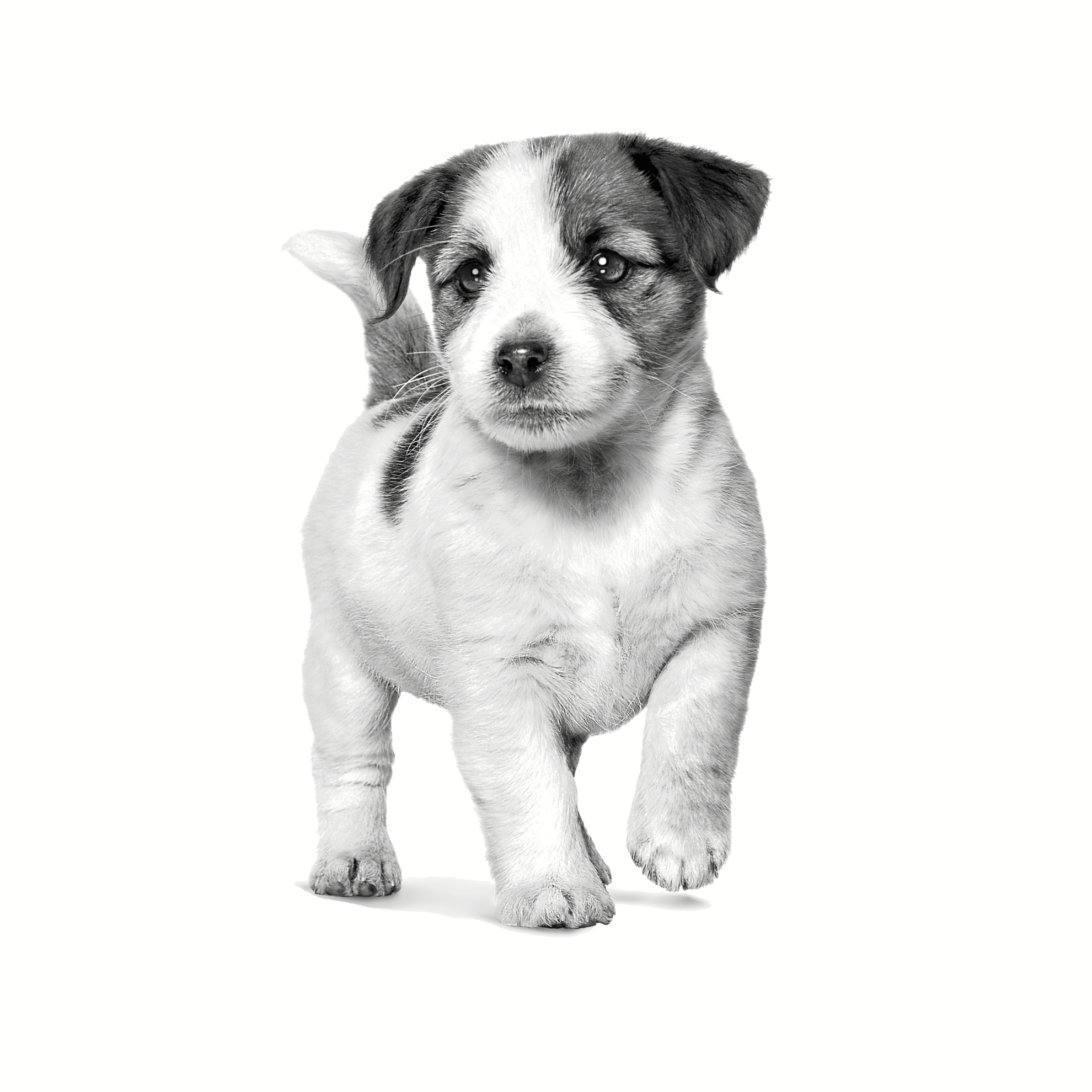Health is the difference
Since 1968, we have studied the unique health needs of cats and dogs in the minutest of detail. Over that time, we have learnt that the smallest nutritional difference can make a huge difference to your pet’s life and health.
Tailored for every health need
The individual health of every cat and dog is as unique as they are. However, these health needs are often characteristic of their size, breed or lifestyle. Discover how our nutrition ranges can help every pet enjoy its best health possible.

When to change a kitten to an adult diet
Find out more about your kitten's changing needs and when you need to change to an adult diet.

When to change a puppy to an adult diet
Learn more about puppies' developmental needs and when they'll need to change their diets.
Cat ranges
Kittens
The first year of your kitten‘s life is when they do most of their growing. A good quality diet is essential.
Pure breed cats
Every breed is unique, as are their health requirements. Discover our unique formulas.
Cats with specific care needs
Our Care Nutrition range offers products that support common sensitivities in cats.
Healthy cats of different lifestyles
This range offers tailor-made products adapted to each cat’s specific needs.
Ageing and senior cats
We tailor nutrition to keep every pet magnificent regardless of their age. Discover our ageing products.
Skin and food sensitivities
This Veterinary range help support your cat’s food allergies and food intolerance.
Digestive health
Precise, veterinarian-recommended nutrition for cats with digestive health needs.
Urinary health
This range has been formulated to support cats with urinary issues such as urinary tract disease.
Dental health
Our health management range includes diets for every day care such as our dental formula.
Weight management
Our range of weight management diets are formulated to help your pet reach and maintain a healthy weight.
Atopy
Renal & vital support
This range includes diets which formulated to support renal function in the case of renal insufficiency.
Dog ranges
Pure breed dogs
Every breed is unique, as are their health requirements. Discover our unique formulas.
Dogs with sensitivities
The canine care range has been designed for dogs with sensitivities.
Puppies
The first year of your puppy‘s life is when they do most of their growing. A good quality diet is essential.
Dogs of every size
This range has been formulated to meet all dogs' individual needs with precision.
Ageing and senior dogs
Weight management
This range has been formulated to assist overweight and obese dogs to lose weight.
Renal & vital support
This range has been designed to support and aid in the management of chronic kidney disease in dogs.
Adult Dog
Our Adult dog diets are tailored to meet the needs of healthy small, medium and large dogs, promoting health and wellbeing
Digestive health
Skin and food sensitivities
This Veterinary range help support your dog’s food allergies and food intolerance.
Urinary health
The urinary range has been designed to reduce the risk of urinary crystal and stone formation.
Dental
Our health management range includes diets for every day care such as our dental formula.